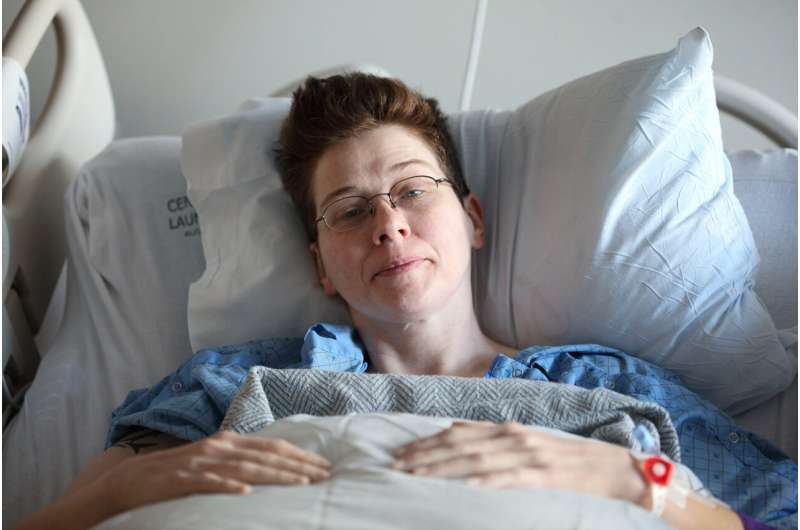How Humans Use Senses at a Distance to Detect Illness

A groundbreaking study reveals that people worldwide rely primarily on sight and hearing to detect illness in others while maintaining a safe distance, highlighting shared beliefs rooted in evolutionary survival strategies.
Humans have developed remarkable ways to identify whether someone nearby is sick, even without direct contact. When sharing space during illness seasons like the flu, recognizing the signs of illness can be crucial, especially since some individuals may not even be aware that they are contagious.
A comprehensive global study led by researchers from the University of Michigan explored how people across different cultures perceive and rely on their senses to detect illness at a distance. The study involved over 19,000 participants from 58 countries and found a strong consensus: the senses of sight and hearing are considered the most reliable for detecting sickness, followed by touch, smell, and taste.
Lead researcher Josh Ackerman, a psychology professor and member of the Research Center for Group Dynamics, explained that many people instinctively prefer senses that allow them to assess health risks without risking proximity. "People tend to favor senses that operate at a safe distance, like sight and hearing, rather than touch, smell, or taste, which require close contact."
The study also examined whether these perceptions vary across different cultures. Interestingly, findings indicated that beliefs about sensory detection of illness are largely consistent worldwide. Minor differences were observed, primarily relating to how people in less developed or higher disease burden regions perceive the roles of hearing and touch.
Ackerman suggests that these shared beliefs could be rooted in evolutionary survival strategies. The ability to detect illness from a distance might have been vital for avoiding infection, leading humans across cultures to develop similar mental models.
However, he notes that trusting these senses isn't always accurate. For example, previous research shows that people are generally poor at identifying sick individuals based solely on sound cues like sneezing or coughing, but this bias may still serve an adaptive purpose by erring on the side of caution.
In summary, humans worldwide tend to rely on their senses, especially sight and hearing, to detect signs of illness in others while maintaining physical distance. These tendencies likely evolved to protect us from infection, underscoring the deep-rooted importance of our sensory perceptions in disease avoidance.
For more detailed insights, see the full study published in Brain, Behavior, and Immunity [source: https://medicalxpress.com/news/2025-05-suss-sick-humans-distance.html]
Stay Updated with Mia's Feed
Get the latest health & wellness insights delivered straight to your inbox.
Related Articles
How Chatbots Support Healthcare Professionals in Improving Vaccine Communication and Uptake
AI-powered chatbots are emerging as effective tools for enhancing clinicians' communication skills, potentially increasing vaccine uptake and addressing vaccine hesitancy through simulated, empathetic conversations.
EU Approves Controversial Alzheimer's Medication Kisunla
The European Union has approved Kisunla, a new Alzheimer's medication, under strict conditions amid ongoing debates over its effectiveness and safety. Stay informed on the latest developments in Alzheimer's treatment.
Exoskeleton Technology Empowers Patients Across All Ages and Genders to Reclaim Independence
Innovative exoskeletons tailored through advanced CAD modeling and 3D printing are enabling patients of all ages and genders to regain hand mobility and independence during rehabilitation.
Revolutionary Imaging Technology for Detailed Disease Mapping in Tissue Samples
Aarhus University researchers have developed PathoPlex, an advanced imaging technology offering detailed, multi-protein analysis of tissue samples, enabling early disease detection and personalized treatment insights.



